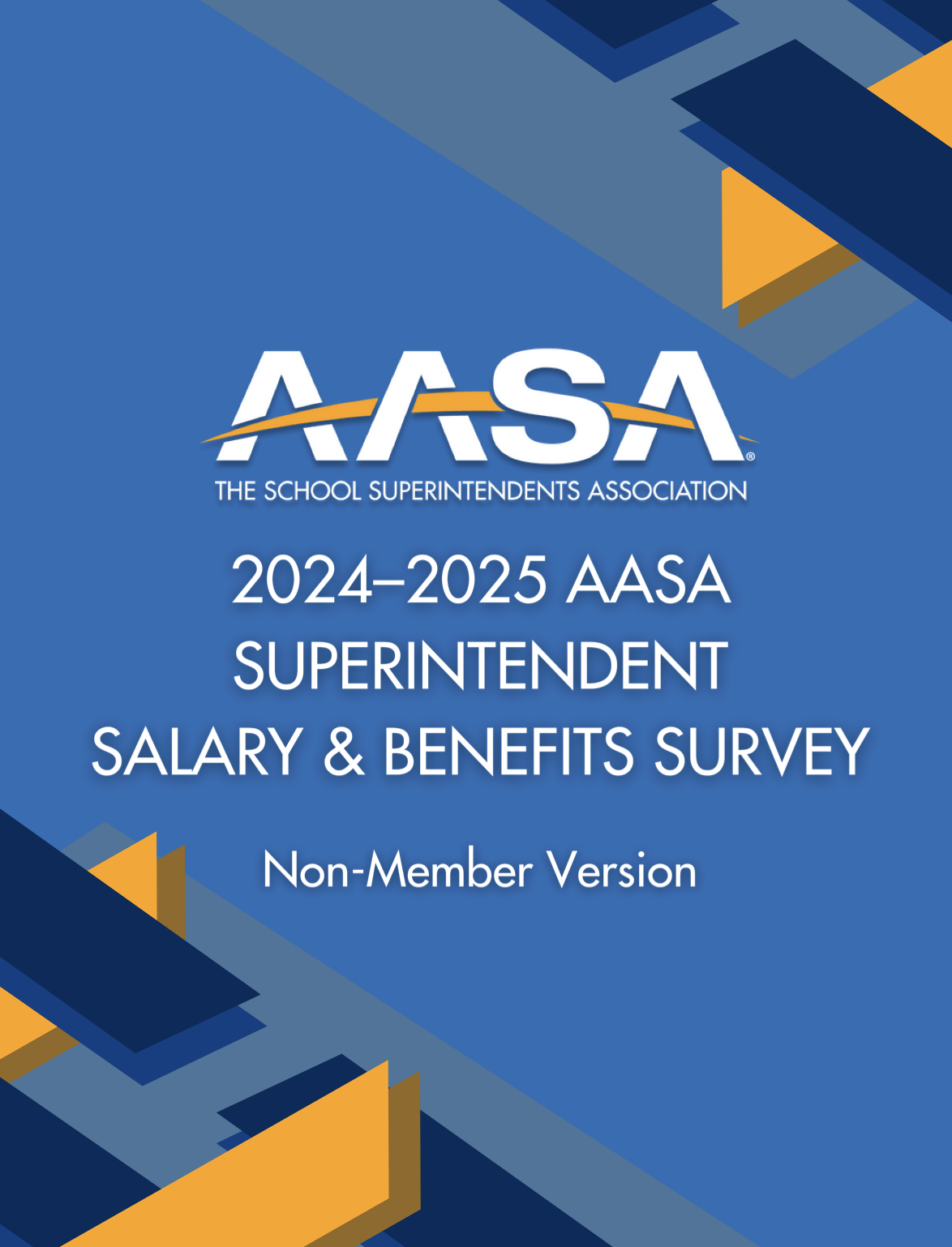A growing generational shift is reshaping leadership in American public schools, even as superintendent salaries lag behind inflation, according to new findings from the 2024–25 Superintendent Salary & Benefits Study, released by AASA, The School Superintendents Association.
Now in its 13th year, the annual survey draws on responses from 2,077 superintendents across 49 states, offering a detailed look at compensation, demographics and employment trends within the profession. The study reveals a notable rise in younger superintendents, with 34.38% of district leaders now between the ages of 41 and 50—a significant increase from 29.83% in 2012. Meanwhile, the percentage of superintendents ages 60 and older has dropped by half, from 19.48% to just 9.87%.
The median age of superintendents remains steady at 52, but more educators are reaching the role earlier in their careers. This year, 38.01% of respondents reported being 50 or younger, up from 34.71% just two years ago.
“AASA has collected superintendent salary information since 2012 to provide critical insight into the conditions of the superintendency,” said AASA Executive Director David R. Schuler. “This survey allows us to track the evolution of school leadership and identify areas where continued progress is needed.”
While the profession is trending younger and increasingly inclusive, real wages have not kept pace with inflation. Although the mean and median salaries have increased nominally since 2013, their value in 2024 dollars tells a different story. The 2013 mean salary of $131,171 would equate to $175,679 today, but the current mean falls short by more than $6,300. The median salary is down by more than $7,000 when adjusted for inflation, underscoring an erosion of superintendent buying power over the past decade.
The report also sheds light on gender dynamics within the profession. Women made up 26.47% of survey respondents, with men composing 73.19%. Encouragingly, the gender pay gap is narrowing, with female superintendents now earning 99.16% of what their male counterparts make. However, disparities in experience persist: 57% of women have served five years or less in the role, compared with 44% of men.
Advanced academic credentials continue to influence compensation. Superintendents with a doctor of education (Ed.D.) or doctor of philosophy (Ph.D.) earn higher median salaries than those without terminal degrees. Tenure also remains a key factor: more than half of superintendents reported five or more years of experience in the role.
Despite the wage challenges, job stability appears strong. A full 90% of respondents said they plan to stay in their current district through the 2025–26 school year, and 93% intend to remain in the profession overall.
The complete 2024–25 AASA Superintendent Salary & Benefits Study is available exclusively to AASA members. A public summary has also been released for use by school boards, HR professionals and education policymakers nationwide.
“We are grateful for the excellent work of the research team and extend our appreciation to school superintendents across the nation who took time to reply to the survey and make this work possible,” Schuler said.
Click here to access the public version of the report.
